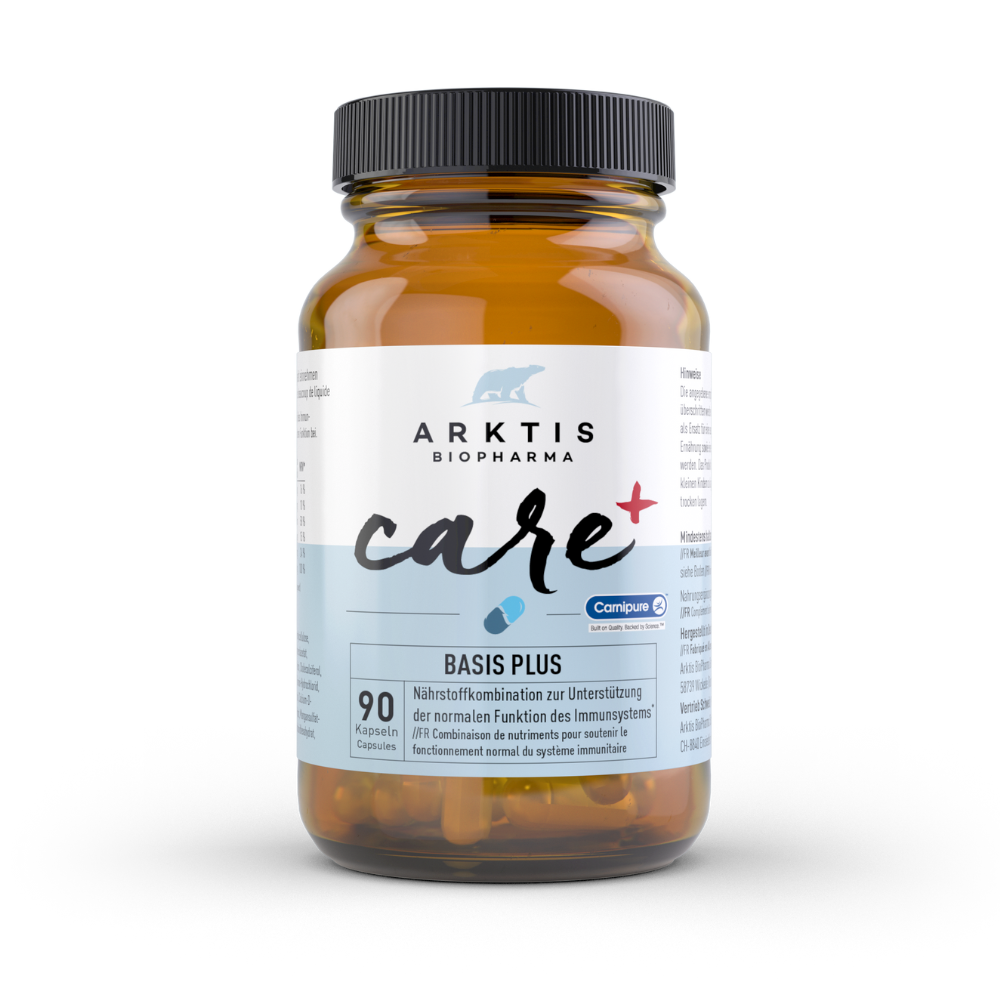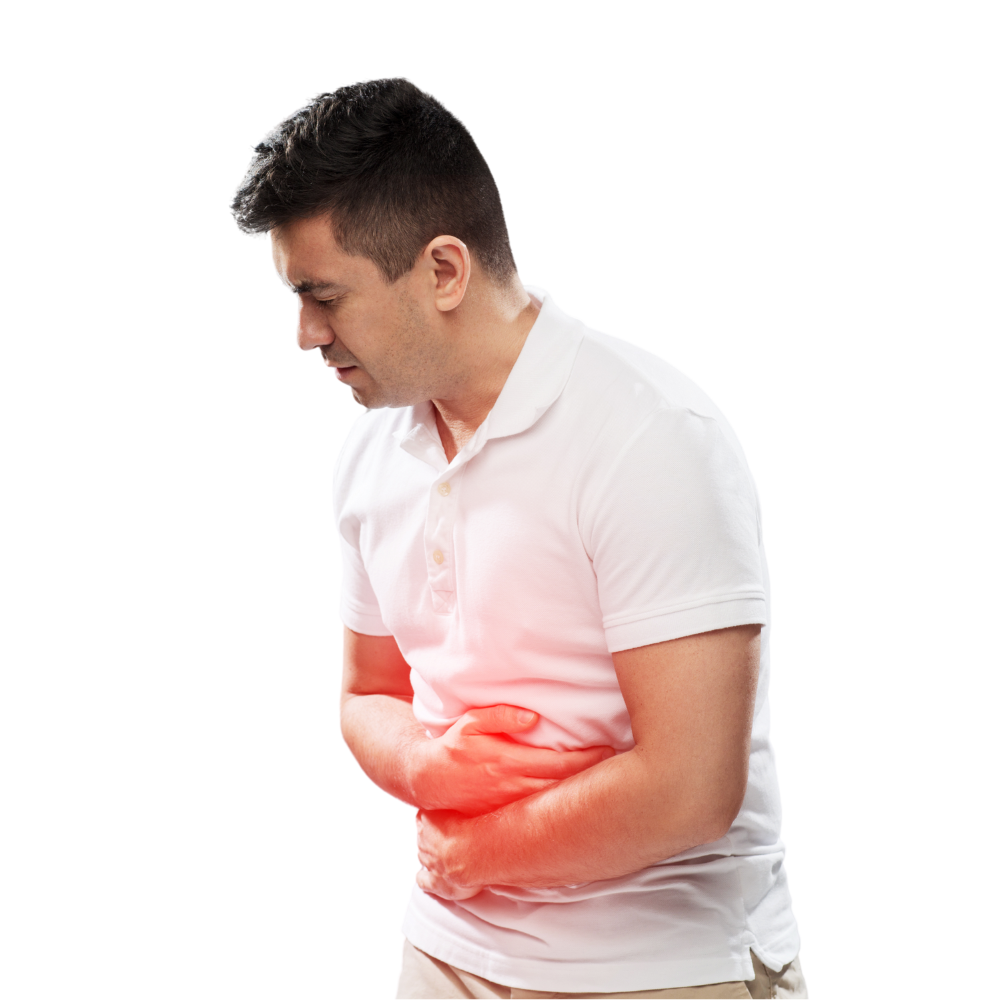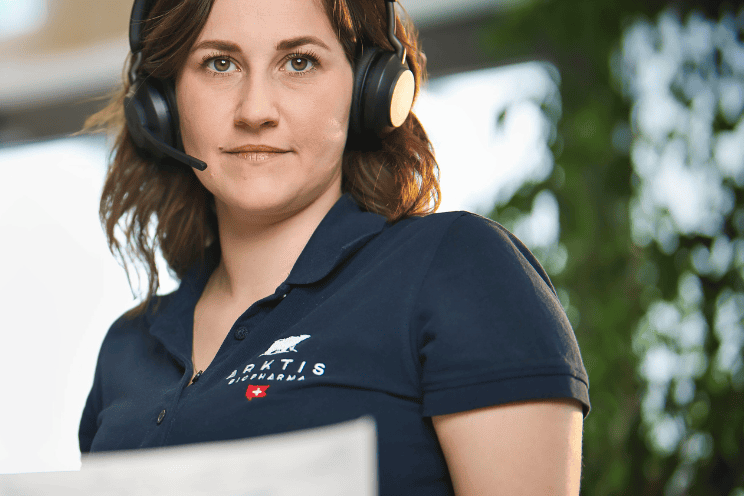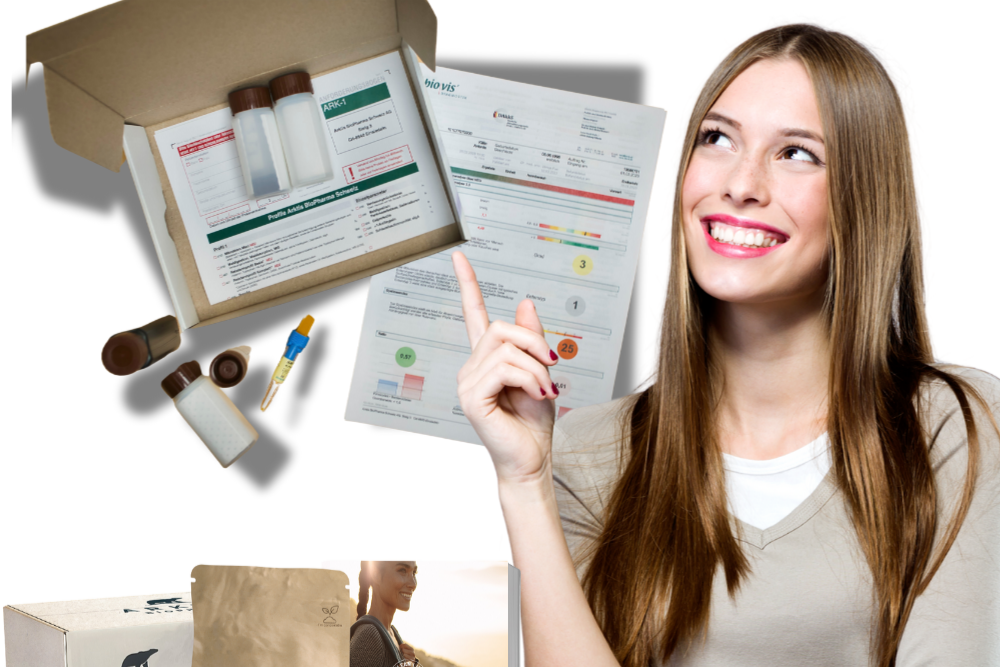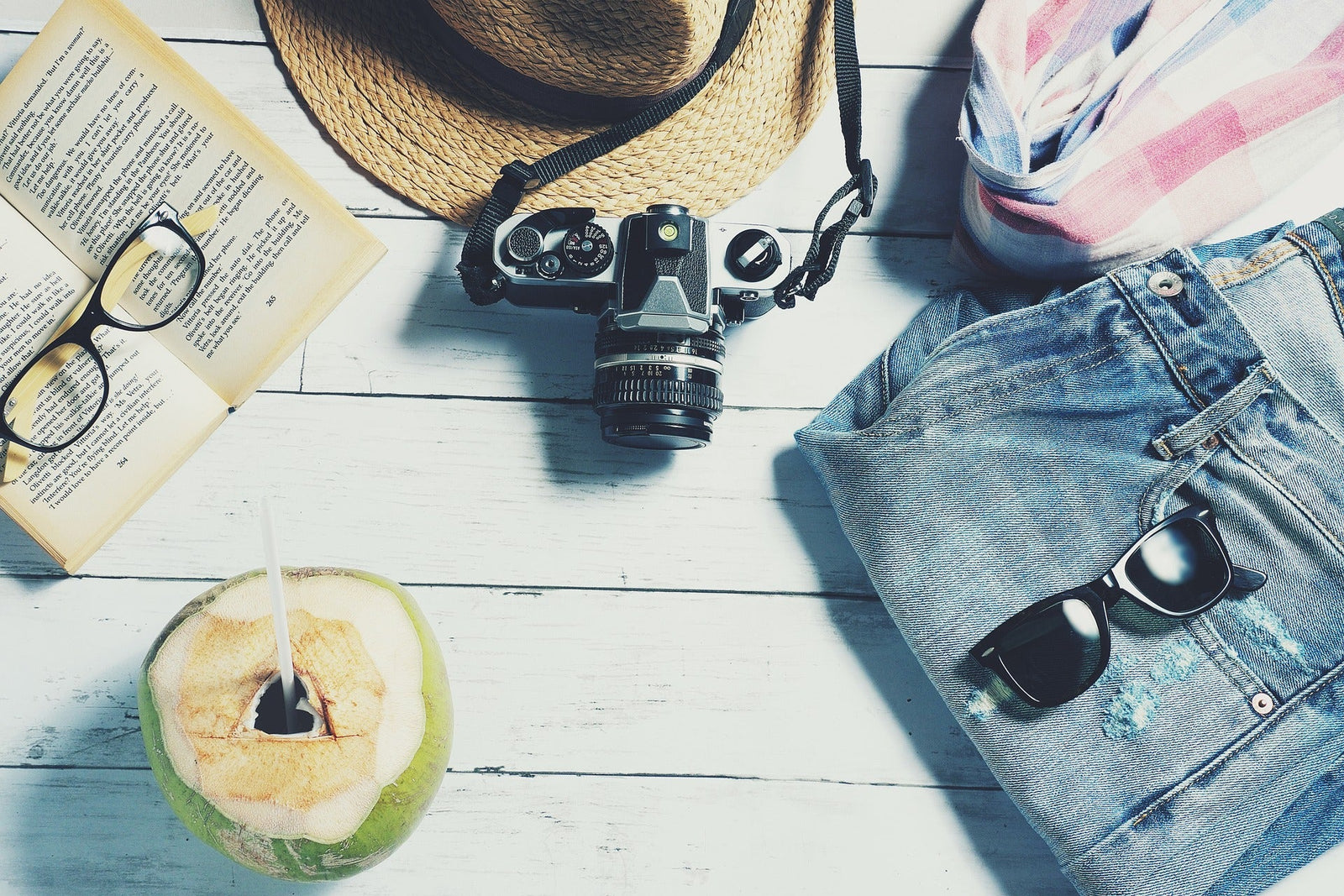The vacations have begun and many are looking forward to their well-deserved vacation! To ensure that you and your family stay healthy on vacation, we recommend checking your
first-aid kit. This is an important part of your luggage and should be put together according to your individual needs. A family of four touring Germany in a camper van will need different medication than a single person backpacking in Thailand. On vacation, you certainly don't want to be standing in a pharmacy in the south at 42 degrees to get diarrhea medication without any understanding of the language on both sides. A well thought-out first-aid kit will be much appreciated if the worst comes to the worst. In this article, you will find helpful tips on how to prepare your first-aid kit for your vacation.
The basics: what should definitely be in every first-aid kit
- Personal emergency & long-term medication
- Painkillers & antipyretics
- Disinfectant, dressing materials (at least one gauze bandage, one quick bandage, one sterile compress and plasters)
- Wound & healing ointment
- Tweezers, scissors (not in hand luggage)
- Remedy to soothe sunburn & mosquito bites
- Clinical thermometer (especially when traveling with children)
- Electrolyte solution
- Remedy for diarrhea
- Depending on the destination: mosquito net, insect repellent
- Sunscreen and skin care after sunbathing
- Spare glasses or contact lenses
- Condoms if necessary
The annoying traveler's diarrhea
By the way: Prophylaxis prevents every second case of traveler's diarrhea. Traveler's diarrhea is the most common travel illness.
Depending on the destination, up to 80% of tourists suffer from acute diarrhea. This is usually not caused by excitement or change, but by infections from local food or tap water. Sensitive people can take suitable prophylactic medication at the start of their trip.
Preparation and vacation planning
1. find out about the destination
Other countries, other customs: climatic conditions, foreign cultures and food, language barriers and other customs.
Find out in advance about:
Climate and temperatures
Eating habits
Hygiene conditions
Infrastructure
Special tips & customs
2. clarify need for emergency & long-term medication
Do you need emergency medication due to chronic illnesses? Do you have to take blood pressure medication every day, do you suffer from allergies?
Please remember before you travel:
- to check whether you have enough of your emergency or long-term medication in stock
- to obtain a prescription from your doctor in good time if necessary
- that children need age-appropriate, well-tolerated medication
Tip: Check the safety regulations of the airline or country you are traveling to to see whether your emergency medication can be carried there. As a precaution, have
a confirmation issued by your doctor and keep this with your travel documents.
3. storage and transportation
The next thing you should The storage and transportation of the medication is something you should consider. Most preparations can withstand brief exposure to heat, but long-term exposure to sunlight and very low temperatures can affect their shelf life. Your first-aid kit should also be protected from breakage and other damage. It is therefore advisable to use a padded bag (possibly a cool bag).
4. check existing medication
Most items for the first-aid kit are already available at home. Check which of them are still unopened as well as the expiry date before packing them in the first-aid kit.
5. use checklists
Various very helpful checklists are available on the internet. Most of them have extra lines that you can add your personal medication requirements to. This way you are sure not to forget anything.
6. helpful tips
- Always carry important emergency and long-term medication with you in your hand luggage - suitcases can sometimes get lost!
- Make sure your medication is stored appropriately in the country you are visiting. You can find information on this in the respective package leaflet for the medication.
- As cool storage is usually difficult to implement, use juices, drops or tablets if possible. Suppositories and capsules, on the other hand, could melt in excessive heat.
- Bear in mind the time difference when taking long-term medication. When traveling with time differences, you should not adjust to the new time, but keep to your "normal" time intervals between doses. By this I mean: if you always take your tablets in the evening before going to bed, you must take the time change into account and take them in the afternoon during your vacation, for example. Depending on the duration of your flight, you should also pack one or two tablets in your hand luggage so that you can take them during the flight.
- Remember to wear adequate sun protection such as a hat, clothing that covers your arms and natural sun cream. Children's delicate skin requires a particularly high sun protection factor.
All-rounders take up little space and are versatile
Vitamin C and D
Our Vita C vitamin C capsules and L-Lysine Touch are important items that should never be missing from your first-aid kit. They can be used for all kinds of viral problems (whether it's colds, herpes, etc.) and boost your immune system.
As you don't usually want to take too much with you, especially when flying, preparations that can be used in as many different ways as possible are of course ideal. One such all-rounder is our vitamin D3 drops Vita D3 Liquid. As it is part of your "basic equipment" at home anyway, you will certainly have it in your cupboard anyway. What can you use vitamin D for on vacation? For several things.
Firstly, you should ideally already have been taking vitamin D for some time. This prepares your skin for the increased sun exposure and protects you (at least to a certain extent) against sunburn. It also strengthens your immune system and makes you less susceptible to jet lag, air conditioning and generally cope better with other, foreign environments with foreign germs. But that is by no means all that vitamin D can do.
Vitamin D can also work wonders on wounds, inflamed areas, blisters or herpes blisters, which often occur during stress (and air travel is extreme stress for the body).
And, and this is again more of a women's problem, a tampon soaked in vitamin D drops can also help to heal vaginal fungus. Incidentally, this also applies to athlete's foot, which can sometimes be picked up in open-air bands or similar. So you can see what a versatile miracle cure vitamin D is and therefore, in my opinion, definitely belongs in a first-aid kit!
Diarrhea remedy
The next preparation that I would strongly recommend you pack is Arktibiotic Akut. The probiotic has actually been specially developed for use during and after antibiotic therapy, as Saccharomyces boulardii is considered an effective remedy for diarrhea. However, our Arktibiotic Acute is also recommended for the prevention of annoying traveler's diarrhea.
For all globule fans
I'm not a homeopath and don't know much about homeopathy, but there are "standard remedies" that often work very well and should therefore also be packed. They also have the advantage that you can decant them into small tubes and thus transport them in a very space-saving way and can also be used equally for children, adults and dogs (only the dosage may need to be adjusted). These standard remedies include:
AconitumD12, the aconite: as the name suggests, this remedy is used for anything that comes on suddenly, such as fever, restlessness, palpitations, at the beginning of a cold (e.g. due to air conditioning or a train), for sudden, unbearable burning pain when urinating or other acute inflammatory events. Aconitum can also help with all accidents and states of shock, but also with sunstings.
Apis mellifica D12, the honey bee: helps with stings, jellyfish stings, sun allergies and sting-like inflammatory processes. Apis is the remedy of choice as soon asthe skin swells up, itches, burnsand / or hurts.
Arnica montana C30 (mountain arnica) is probably the best-known homeopathic globule and a real all-rounder. Whether bruises, abrasions, bruises or contusions or other injuries, Arnica heals everything in no time. It can even be used for toothache, inflammation and sore muscles, making it an absolute must-have.
Belladonna is also an all-rounder and can help with sunstroke or middle ear infections as well as sudden, severe cramp-like (abdominal) pain and bladder infections.
I would recommend packingChamomilla, especially for parents with babies, as it is a super remedy for teething problems. And what could be worse than when your little worm is crying from all the pain on vacation and your nerves are completely frazzled instead of recovering? It also helps Chamomilla is also used for earache/inflammation, diarrhoea, which occurs when teething and looks greenish and slimy, and flatulence colic.
Cocculus should be in every first-aid kit, as it is the remedy of choice for travel sickness and jet lag and helps with dizziness, weakness and nausea.
Euphrasia - eyebright - is always in my first-aid kit. Here, too, the name says it all and can be used for all eye problems. However, in this case not as globules but as a dilution in small plastic ampoules of 0.5 ml each, so that you can easily put the drops into the eye for conjunctivitis, styes, dry mucous membranes or similar.
Nuxvomica D12, the nux vomica, is a super remedy for all party people, because it helps to banish the hangover. However, it can also be used for all other types of stomach pain, nausea, upset stomach, bloating and other digestive complaints.
Okoubaka D3 can perfectly complement Arktibiotic Akut for acute diarrhea and even in its prevention, but can also cushion the consequences of an unfamiliar foreign diet.
Natural oils as an alternative to globules
If you don't believe in homeopathy, you could also use various oils:
Peppermint oil not only helps with headaches and muscle aches and clears the nose, but can also be used for gastrointestinal complaints, cramp-like complaints and nausea, for injuries in the mouth, itching and circulatory problems.
Lavender oil also relieves itching caused by insect bites, can soothe headaches if rubbed on the forehead and, if dripped onto a absorbent cotton ball and placed in the ear canal, can also help with earaches.
Speaking of earaches: do you remember what Grandma used to have in her medicine cabinet? Onion pouches! Onions also help with other problems (such as mosquito bites) and are available (almost) everywhere in the world, so you don't have to take any. In other words: if you have forgotten something, try to remember the good old home remedies! Whether it's calf compresses for a fever, potato compresses for a cough, inhaling salt water vapor for a blocked nose, grated apples for diarrhea, parsley and apple cider vinegar for flatulence, there's an herb for almost every problem.
Despite all the miracle cures that our fantastic nature has in store for us, I would still have a few conventional medical preparations to hand if necessary. These include at least one painkiller, decongestant nasal spray and disinfectant.




